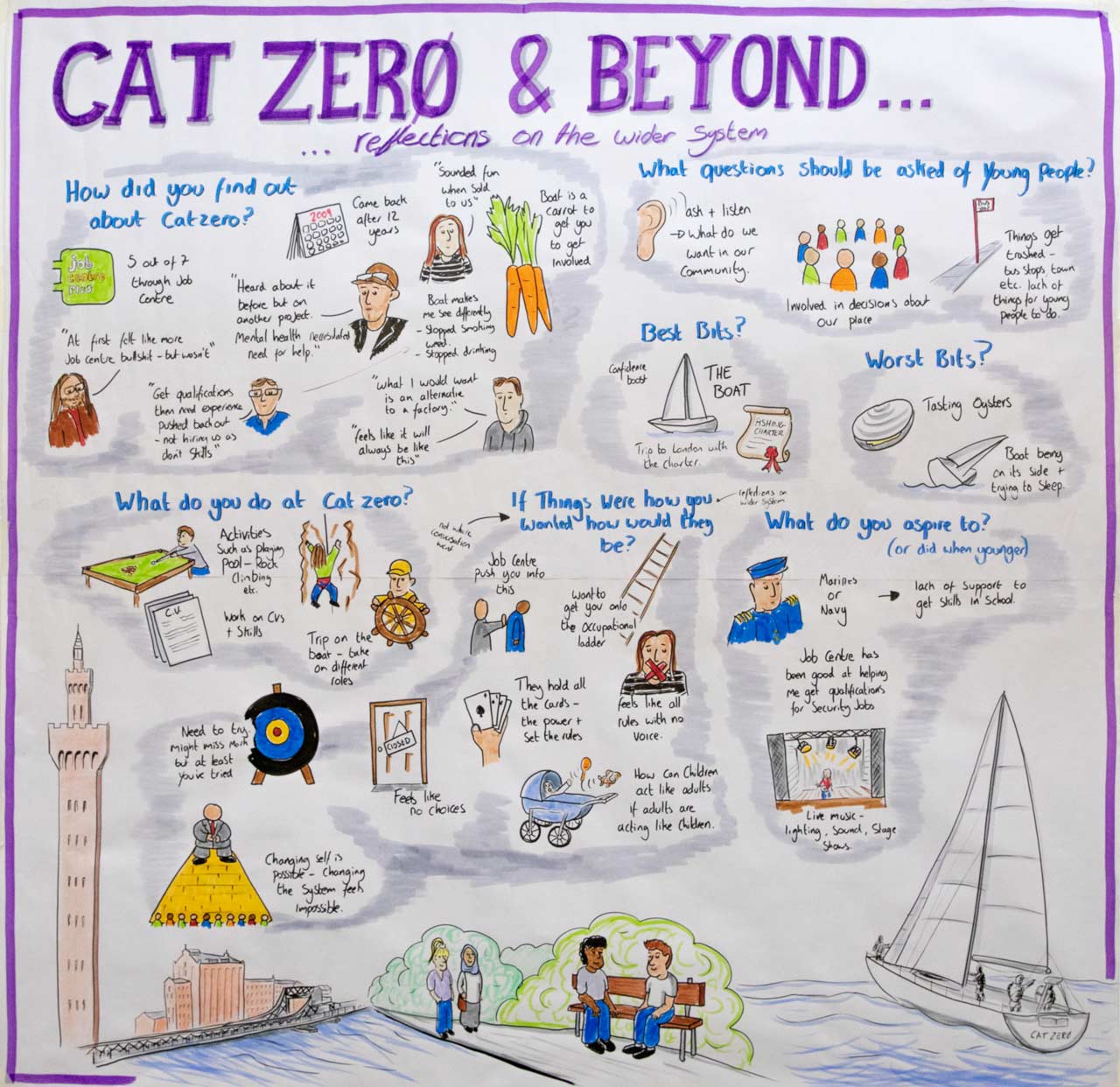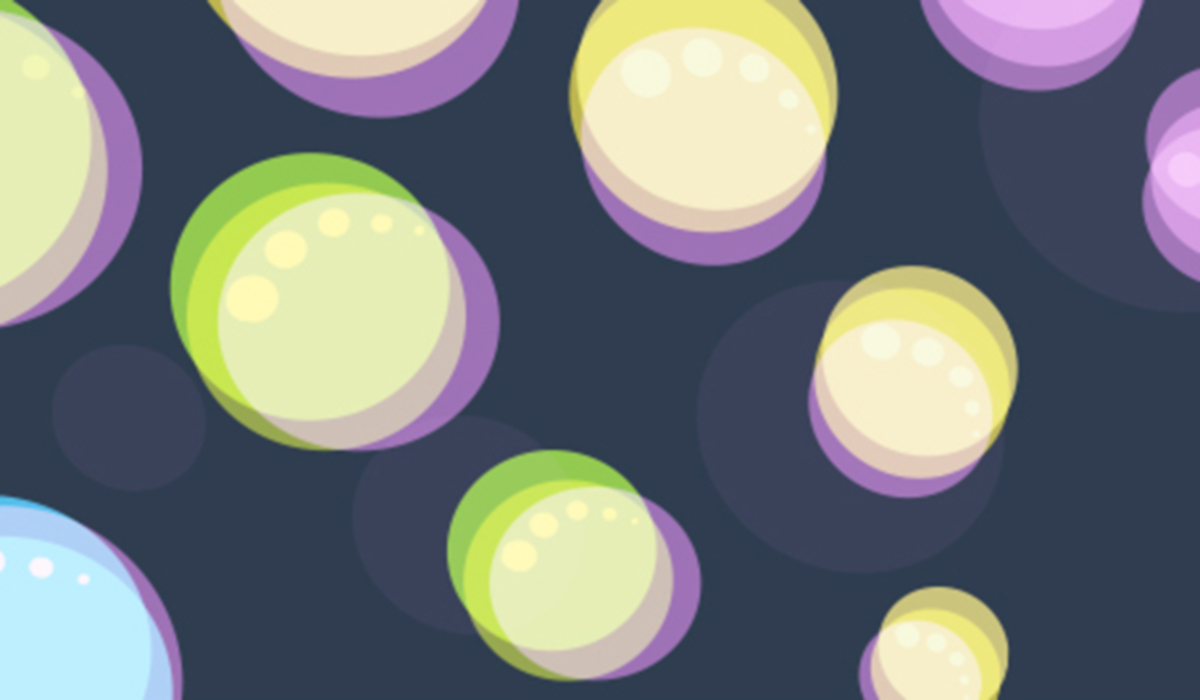
Jo Pike
Senior Research Fellow, HudCRES
The MINE project
The MINE project (Mapping Interventions for NEET young people in England) seeks to improve understanding of early intervention programmes for young people aged 16-18 considered vulnerable to becoming NEET (not in education, employment or training). It aims to provide knowledge regarding the educational processes, short and longer term outcomes and subjective experiences of the young people and the professionals working with them. It proceeds from a starting point that acknowledges young people as experts in their own lives and foregrounds their experiences.
It is widely acknowledged that young people who are NEET are likely to report lower levels of subjective wellbeing than their peers. This may manifest as higher levels of depression, mental health issues, obesity/overweight, chronic health problems, lower levels of life satisfaction, social trust and optimism for the future (Jongbloed and Giret, 2022). For social researchers, low levels of social trust represent a significant challenge in terms of gaining access to these young people as research participants. Social trust is foundational to creating ethical research relationships and may mean researchers need to spend much more time building trust and find more engaging ways of ‘doing research’.
In the early summer of 2022, we enlisted the support of two artists, an employment support charity and eight young people to help us develop new ways of ‘doing research’ with young people at risk of becoming NEET.
Working in partnership with Cat Zero, a "Humber-wide organisation committed to making lasting positive and personal change in the lives of children, young people, families, and adults.", we recruited eight young people with direct experience of being NEET. All were part of the Cat Zero programme offering skills development, understanding of the world of work, self-awareness, confidence building, training and qualifications. Most importantly, the programme offers the opportunity to participate in a unique sailing challenge aboard a 72 foot challenger yacht. Many of the young people we met had just returned from the sailing challenge: excited, talkative and re-energised.
Graphic Harvest - a creative consultation approach
Working with the two graphic artists, Jon Dorsett and Nicola Murray, we discussed how we might use a creative consultation approach to engage young people in discussion about: their experiences of being NEET; their experiences of Cat Zero and crucially; their thoughts on the kinds of research methods that would work best to build trust with young people at risk of becoming NEET.
Participatory or creative methods are frequently used with young research participants because traditional surveys and interviews often rely on levels of literacy and require high levels of patience and motivation on the part of the participant. Consequently, they are not always deemed appropriate for younger research participants. With this in mind, we chose to conduct a creative consultation comprising a facilitated discussion led by Nicola and a ‘graphic harvest’ conducted by Jon. The research team were able to conduct an observation of the event enabling us to capture the reactions, both verbal and non verbal of all participants, without being directly involved in the discussion ourselves.
Live graphic harvesting can add a creative and engaging element to a gathering, and also contribute to the collective sense-making of all the conversations, data, and ideas that emerge.Jon Dorsett
It is described as both a product and a process, but essentially it is a means of capturing information in a visual way, using image and text. In essence, seeing their thoughts and ideas ‘come to life’ in a visual format as they were talking, was a powerful reflexive tool that enabled participants to feel heard in ways that might not have been possible if data were recorded using other methods.
Crucially, observational field notes and interview transcripts often deny participants the opportunity to scrutinise how their data is being recorded in the moment and are often augmented after the fact.
Watch the timelapse video of the creation of the graphic harvest image.

Conclusion
Graphic harvest invites interaction and feedback as part of discussion, where participants can see their ideas reflected back to them - and this is important for building social trust between researchers and participants. In contrast, when we tried to break into smaller groups for a more focused, mind mapping discussion, participants in one group became easily distracted, a little more disengaged and frequently wandered off topic.
As Gallagher (2008) suggests, even researchers hoping to use empowering and participatory methods often experience a variety of tactics by young people to "exploit, appropriate, redirect, contest or refuse participatory techniques". In our discussion after the event, we reflected on why the graphic harvest seemed more successful than the informal mind mapping exercise which asked participants to write their ideas down on paper:
I think because it’s different it doesn’t feel like you’re at school. […] and because it’s creative it opens up a different part of people’s brain, a different way of thinking and engaging. (JD, visual artist)
For a group of young people with largely negative experiences of education, we reflected that creating an environment that was not reminiscent of the classroom was fundamental to building social trust and creating a space where young people could truly be heard.

